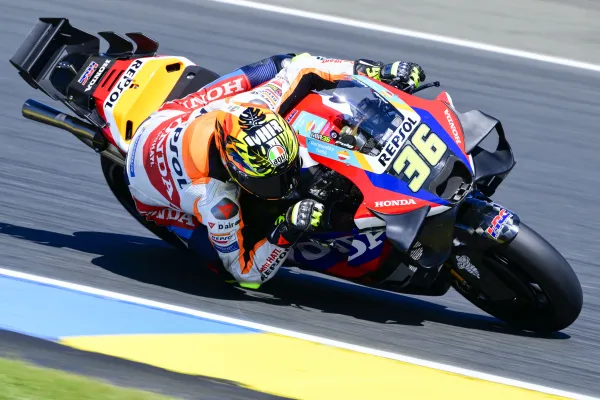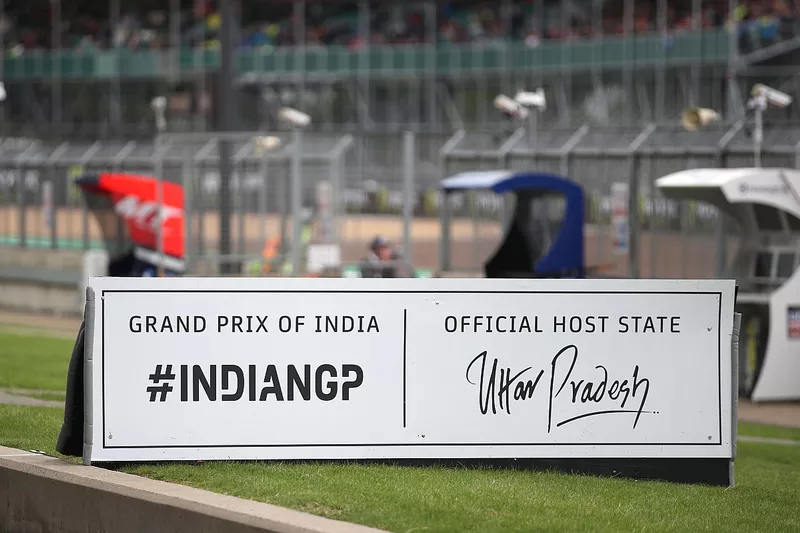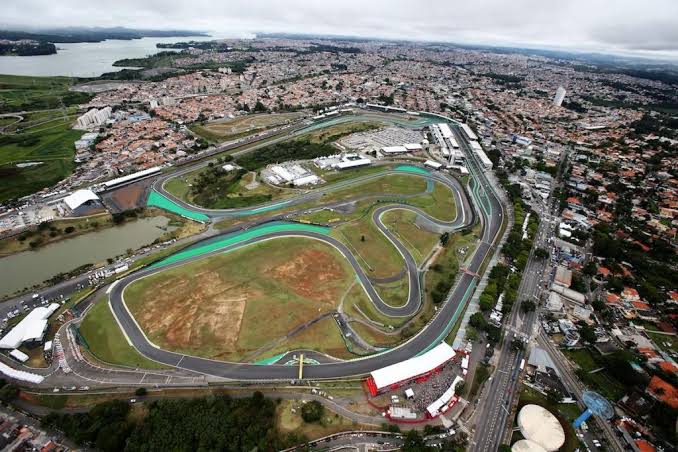10 Most Hottest(Temperature) Wise Races In F1 History
Formula 1 is known for its high-speed thrills and dramatic moments on the track, but sometimes the elements add an extra layer of complexity to the sport.
While the drivers are accustomed to racing in various weather conditions, extreme heat can push both man and machine to the limit. Over the years, there have been races that stand out as some of the hottest in F1 history.
Here, we take a closer look at the scorching races that tested the mettle of F1’s finest.
1. Bahrain 2005
The Bahrain Grand Prix in 2005 takes the top spot for one of the hottest races in F1 history. With air temperatures soaring to 41°C (106°F) and track temperatures even higher at 51°C (124°F), the drivers found themselves racing in a literal furnace. The conditions proved to be so severe that many drivers, including the legendary Fernando Alonso, experienced severe heat-related issues. It was a brutal day in the desert.
2. Bahrain 2009
While Bahrain in 2005 was exceptionally hot, the 2009 race wasn’t far behind in terms of extreme temperatures. The race took place toward the end of the month, but the air temperatures still reached a blistering 41°C (106°F). The drivers grappled with the heat as they raced around the challenging Bahrain International Circuit.
3. Dallas, 1984
The 1984 Dallas Grand Prix remains etched in F1 history, not for the stunning racing but for the punishing heat. The race saw air temperatures reach 41°C (106°F), but what made it even more unbearable was the track temperature, which surged to an unbelievable 65°C (150°F). The heat took a severe toll on the track itself, causing it to break apart and leaving the drivers exhausted and drained.
4. Malaysia 2004
Malaysia is known for its sweltering conditions, and the 2004 Malaysian Grand Prix was no exception. In March, air temperatures soared to 38°C (100°F), while track temperatures reached 53°C (127°F). The humidity and the challenging Sepang circuit added to the drivers’ discomfort. It’s no surprise that this race is remembered for the incredible physical demands it placed on the drivers.
5. India 2013
The 2013 Indian Grand Prix wasn’t just a test of skill but also of endurance. Held in late October, the air temperatures climbed to a scorching 38°C (100°F), making it one of the hottest races in Formula 1. The high heat and intense humidity pushed drivers and their machines to their limits on the Buddh International Circuit.
6. Singapore 2015
While Singapore is famous for its night races, the high humidity and hot temperatures can still take a toll on the drivers. In 2015, air temperatures reached a stifling 34°C (93°F). Despite the race taking place in the evening to avoid the worst of the heat, the high humidity combined with the demanding street circuit made it a challenging race for all involved.
7. Hungary 2007
Hungary in the summer can be brutally hot, and the 2007 Hungarian Grand Prix was no exception. The air temperatures reached 34°C (93°F), and the drivers found themselves sweating profusely during the race. The challenging Hungaroring added to the difficulty of racing in the high heat.
8. Singapore 2008
Another entry from the Singapore Grand Prix makes the list. In 2008, the race saw air temperatures climb to 33°C (91°F), coupled with oppressive humidity. The street circuit’s layout makes overtaking challenging, which added to the physical stress on the drivers.
9. Valencia 2012
The Valencia Street Circuit isn’t known for being an easy track, and the 2012 European Grand Prix proved particularly taxing. The race took place in late June, with air temperatures reaching 32°C (90°F). The heat, combined with the challenging track, pushed the drivers to their limits.
10. Australia 2008
The Australian Grand Prix is usually associated with changeable weather, but in 2008, the race weekend was exceptionally hot. During the race, air temperatures reached 32°C (90°F), which, coupled with the demands of the Albert Park circuit, made it a physically grueling race for the drivers.
These races serve as a reminder of the physical and mental strength required to compete at the highest level in Formula 1. While F1 drivers are well-prepared to cope with a wide range of conditions, extreme heat adds an extra layer of challenge to the sport. Racing in such punishing temperatures demands unwavering focus, physical endurance, and the ability to keep cool under immense pressure.
As Formula 1 continues to evolve, the impact of weather conditions on races will remain a fascinating aspect of the sport. Drivers, teams, and the sport’s governing body must find ways to ensure the safety and well-being of competitors in extreme conditions, ensuring that no race becomes too hot to handle.






















